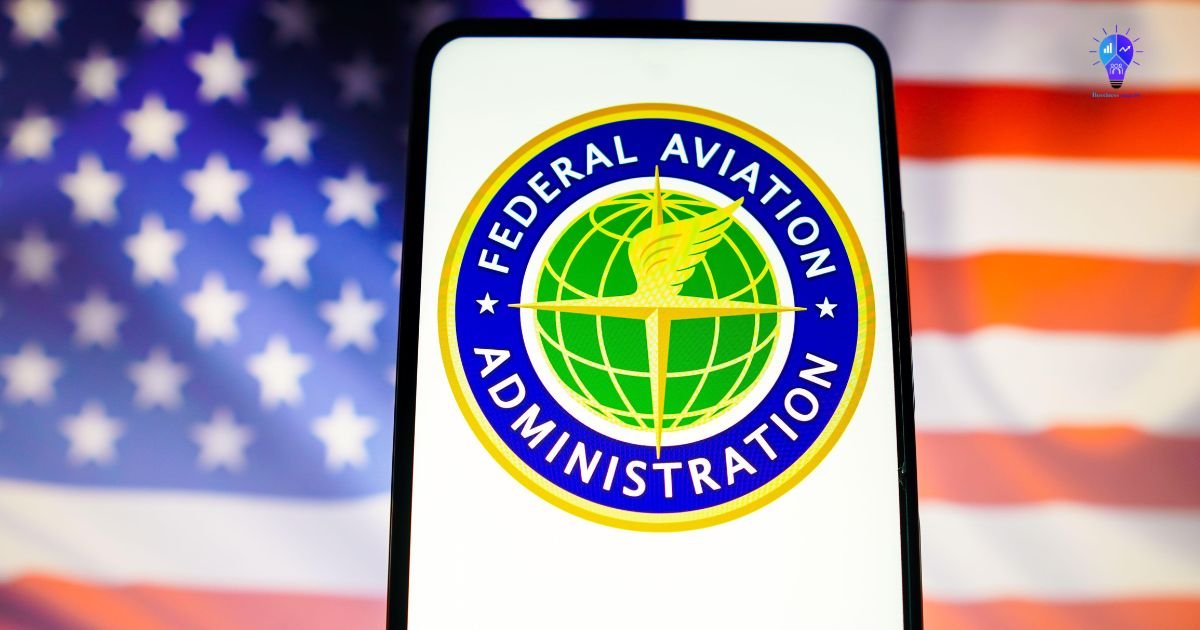Introduction
The Federal Aviation Administration (FAA) stands as a cornerstone in the world of aviation, ensuring the safety and efficiency of air travel within the United States. Established in 1958, the FAA’s mission encompasses various responsibilities, all aimed at creating a secure and reliable airspace for both commercial and private aviation.
Key Responsibilities of the FAA
The FAA’s multifaceted responsibilities include airspace management, aircraft certification Federal Aviation Administration, air traffic control, and research and development initiatives. Each of these areas plays a vital role in maintaining the highest standards of safety and operational efficiency in the nation’s airspace.
Read More: American Airlines

FAA’s Impact on Aviation Safety
At the forefront of the FAA’s priorities is aviation safety. Through accident investigation and prevention efforts, Federal Aviations Administration the FAA continually refines safety standards and enforces compliance. The agency’s collaborations with international aviation bodies further contribute to global efforts to enhance safety in the skies.
Challenges Faced by the FAA
In a rapidly evolving technological landscape, Federal Aviation Administration the FAA grapples with challenges such as integrating automation, balancing safety with industry demands, and addressing airspace congestion. Striking the right balance is critical to ensuring the continued growth and safety of the aviation industry.
Modernization Efforts
The FAA’s commitment to modernization is evident in initiatives like the NextGen program.Federal Aviation Administration Embracing new technologies and advancements in air traffic management, the FAA strives to enhance efficiency, reduce environmental impact, and accommodate the evolving needs of aviation.
International Collaboration
As air travel transcends borders, the FAA actively engages in international collaboration to promote Federal Aviation Administration global aviation safety. Partnerships with other aviation authorities facilitate the exchange of information and the development of consistent safety standards.
Federal Aviation Administration Future Trends in Aviation Regulation
The future of aviation regulation holds exciting developments, including the integration of drones into airspace, sustainable aviation initiatives, and the evolution of safety standards to meet the demands of an ever-changing industry.

FAA and Public Perception
Public trust in aviation safety is paramount, and the FAA works to maintain a positive perception. Federal Aviation Administration Increasing public awareness of the FAA’s role, addressing concerns, and navigating controversies are ongoing efforts to foster confidence in air travel.
Success Stories
The FAA boasts numerous success stories, from groundbreaking achievements in aviation safety to impactful Federal Aviation Administration regulatory decisions. These successes highlight the agency’s dedication to its mission and the tangible positive impact on the aviation industry.
The Federal Aviation Administration
Federal Aviation Administration (FAA), maintaining a positive perception of aviation safety is crucial. Federal Aviation Administration Maintaining public confidence in aviation necessitates ongoing efforts to manage disagreements, allay worries, and increase public awareness of the FAA’s function.
Tips for Air Travelers
Federal Aviation Understanding FAA regulations is essential for air travelers. From adhering to safety guidelines to being Federal Aviation Administration aware of individual rights, passengers can contribute to a safer and more enjoyable air travel Federal Aviation experience.
Conclusion
Federal Aviation In conclusion, the FAA plays a pivotal role in safeguarding the skies over the United States. From its foundational responsibilities to embracing modernization and international collaboration, Federal Aviation the FAA remains at the forefront of ensuring the safety and efficiency of air travel. As the aviation landscape continues to evolve, the FAA faces challenges and opportunities that will shape the future of flight.

Read More: Federal Aviation
FAQs
How does the Federal Aviation FAA manage airspace congestion?
The FAA employs various strategies, including advanced air traffic management technologies and collaborative efforts with airlines, to address and mitigate airspace congestion.
What is the NextGen program, and how does it impact air travel?
The NextGen program is a comprehensive modernization initiative Federal Aviation by the FAA, focusing on upgrading air traffic control systems and improving the overall efficiency and safety of air travel.
How does the FAA collaborate with international aviation bodies to enhance safety?
The FAA engages in collaborative efforts with international aviation authorities, sharing information, aligning safety standards, Federal Aviation and participating in initiatives that contribute to global aviation safety.
What sustainable aviation initiatives is the FAA involved in?
The FAA actively promotes sustainability in aviation through initiatives Federal Aviation that reduce environmental impact, such as the development and implementation of eco-friendly technologies and practices.
How can air travelers contribute to aviation safety?
Air travelers can contribute to safety by familiarizing themselves with FAA regulations, following safety guidelines, Federal Aviation and reporting any concerns or irregularities during their travel experience.